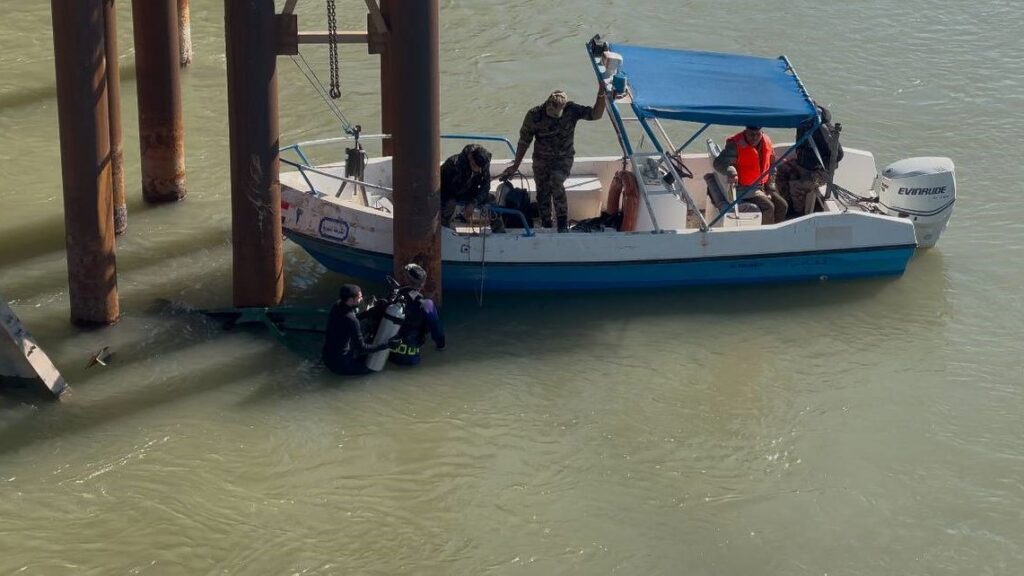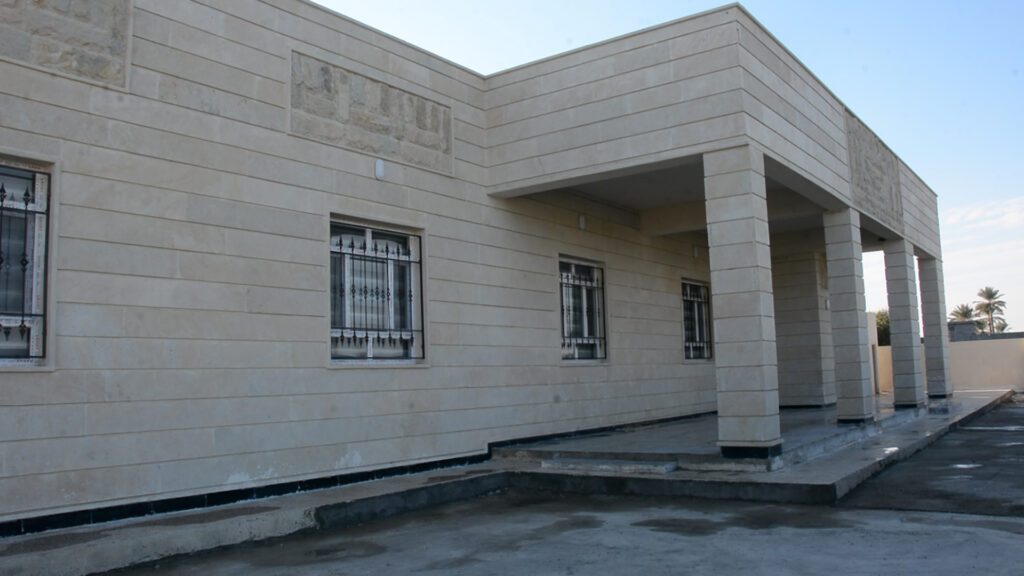World: Peoples under Threat 2019: The role of social media in exacerbating violence
In many parts of the world, wide-ranging atrocities and other human rights abuses continue to threaten populations, especially those belonging to minority groups and indigenous peoples. As the reach of social media grows ever more pervasive globally, so too does its impact in contexts where genocide, mass killing, or systematic violent repression have occurred or there is a risk of such things taking place. The country situations at the top of the 2019 Peoples under Threat index illustrate how, in case after case, social media is playing a major role in encouraging the killing. Social media platforms now occupy a central role in stigmatizing target groups, legitimizing violence and recruiting the killers.
Deliberate misinformation, including false allegations and dehumanization of targeted groups, has been an enduring feature of conflict over the ages. But in the social media age, the process has accelerated to an unprecedented degree. Ease of access to social media has given every violent racist a potential public platform, and the anonymity of social media has given states the ability to incubate and incite hatred across international borders. Conflict narratives, conspiracy theories and extremist views quickly find a home on platforms where every voice competes for attention, and the moderate voices and restrained language necessary for peace-building are drowned out.
Political leaders, rebel groups, activists and ordinary civilians have all used social media as a tool for communication. Even in the most fragile and divided societies where internet access remains minimal, such as South Sudan, the role of social media is growing, as traditional media landscapes and technologies rapidly transform. Syria’s devastating conflict, on the other hand – where social media platforms are used by all sides and videos uploaded to YouTube have received hundreds of millions of views – has led to it being repeatedly described as a ‘social media war’.
Social media promises to increasingly influence how conflict and episodes of violence are perceived, their trajectories, and the ways they are responded to. No divided society or context of conflict can be understood without considering how social media is being used by an array of state and non-state actors. Indeed, critics have accused social media firms of accepting too little responsibility for the use of their technologies to foment division and violence in unstable and conflict-affected societies. Many point to Myanmar – where the United Nations (UN) has called for authorities to face charges of genocide – as the starkest example of the link between social media and the commission of atrocities. There dehumanizing language and outright incitement to mass murder were amplified via Facebook and Twitter, contributing to the widespread targeting of the mainly Muslim Rohingya minority. In November, Facebook released a report it had commissioned related to the killing of Rohingya which concluded that ‘Facebook has become a means for those seeking to spread hate and cause harm’. But while the company acknowledged that ‘we can and should do more’, Facebook and other social media corporations continue to rely on self-regulation, based heavily on moderation in line with ‘community standards’ - an approach which has proved woefully ineffective when confronted by organized, and at times officiallysanctioned, campaigns of violent hatred.
Peoples under Threat draws much-needed attention to numerous other cases where, in the context of social cleavages, political instability and insecurity, social media risks exacerbating or paving the path to systematic violent repression or mass killings. In many of those countries where the risk of mass atrocity crimes is most pronounced, the internet-savvy youth often outnumbers the rest of the population. Where deadly armed conflict rages on, from Libya to Afghanistan, combatants often wield a gun in one hand and a smartphone in the other – their cameras weaponized in a propaganda war uniting battlefields and cyberspace.
Social media is a tool in the hands of states brutally oppressing their populations, as in Syria, where supporters of President Bashar al-Assad popularized a #SyriaHoax hashtag on Twitter to discredit evidence of horrific chemical attacks on civilian targets, such as in Khan Sheikhoun and Douma. Social media can also be manipulated by outside powers to generate support for policies that harm civilians. Saudi Arabia and the United Arab Emirates (UAE), for example, have used ‘bot armies’ to legitimate their bombing campaign in Yemen, while rising hostilities between India and Pakistan following the killing of 40 Indian soldiers in Kashmir were stoked by the trending of rival Twitter hashtags by nationalists in the two countries.
In conflict zones such as Afghanistan and Cameroon, where threats are on the rise, armed groups ranging from the Taliban to Anglophone separatists rely on social media platforms for a range of activities: to coordinate movements, recruit supporters and fighters, glorify victories and dispute opposing narratives, and solicit funds. The so-called Islamic State of Iraq and al-Sham (ISIS) has employed similar tactics. During its ascendancy, the fear instilled by graphic videos of executions, attacks and other content distributed through its sophisticated online presence encouraged many members of minorities to flee the territory under its control. But with the collapse of the group’s self-described caliphate in Iraq and Syria, along with its rebranding as a global entity now under way, ISIS likely will seek to leverage social media to promote further attacks on civilian populations in future.
There is currently a debate around the effectiveness of restricting social media to prevent violence when tensions are running high. While many governments impose social media controls in an attempt to lessen dissent or division, easing restrictions can unintentionally empower and unite extreme voices, as has occurred in the wake of Ethiopia’s democratic reforms. Religious or ethnic divides – often linked to colonial legacies and manipulated by contemporary elites – can become more salient through social media, prompting retreats into insular solidarities amenable to radicalization. Where inter-communal animosities exist, inflammatory misinformation and disinformation promoted on social media can spiral quickly into violence. Online hate speech and incitement in the Central African Republic (CAR) has played a role in fuelling cycles of atrocities between Christians and Muslims in recent years. In India, where social media has invigorated an aggressive, exclusionary Hindu nationalism, rumours and hate speech spread on WhatApp have led to a number of mob attacks on Muslims. In Sri Lanka, similarly, rumours on social media sparked anti-Muslim mob attacks in Sri Lanka last year, which have re-ignited in the wake of Easter Sunday church and hotel bombings by ISIS in April 2019.
Yet social media can play a positive role too. Through circulating valuable information, it can provide a public service. Many platforms monitor the movements of militaries and insurgents, such as Libya’s ‘SafePath’ Facebook group, which directs users to avoid certain roads due to fighting. Civilians can be similarly guided to humanitarian aid locations. Dialogue across social divides can be facilitated by social media, shifting attitudes and promoting understanding among groups that may not otherwise communicate with each other, reverse-engineering conditions of enmity and violence. With low opportunity costs for acquiring, tailoring, and circulating information, social media is crucial to bearing and sharing witness, to documenting violations of international humanitarian law or human rights, and widely broadcasting content to provoke action among human rights groups and international organizations. Social media can play a role in ending inaction and impunity, securing accountability and reparation for violations.
No society can prevent violence or build peace without accounting for the role of social media – least of all, those populating the upper reaches of the Peoples under Threat table, where the risk of mass killing has become pressing or critical. But even in states where the imminent risk is much lower and which do not therefore appear on the list (including those in Western Europe and North America), social media penetration has quickly created effectively unregulated platforms for the dissemination of hatred against minorities. Longstanding support for freedom of expression has been subverted into widespread societal tolerance for the expression of violent extremism. Governments have universally failed to live up to their obligations not just to protect freedom of expression but also to prohibit any ‘advocacy of national, racial or religious hatred that constitutes incitement to discrimination, hostility or violence’, as required by the International Covenant on Civil and Political Rights (Article 20(2)).
Peoples under Threat identifies those country situations around the world where communities face the greatest risk of genocide, mass killing, or systematic violent repression. Based on current indicators from authoritative sources (see box), Peoples under Threat has been compiled every year since 2005 to provide early warning of potential future mass atrocities. Peoples under Threat highlights 20 situations with pressing risks – states either at the top of the index or those swiftly rising. It is estimated that these will account for the vast majority of civilians who are likely to be killed over the following year.



